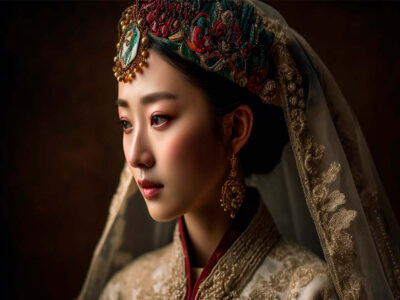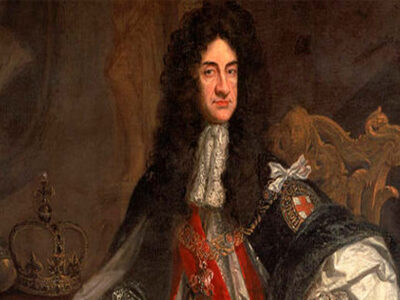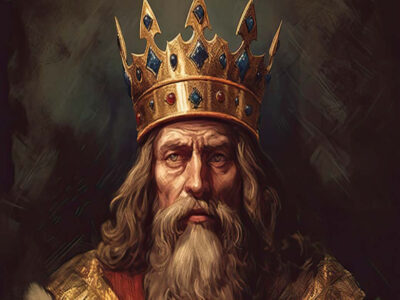Catherine Parr, the sixth wife of Henry VIII, was a figure of resilience and intelligence amidst the tumultuous Tudor court. Born around 1512, Parr assumed the role of queen consort in 1543, marking her entry into the center of English political power. Unlike several of her predecessors who met tragic fates, Parr not only survived her marriage to Henry but also outlived him, a testament to her political savvy and adaptability.
A Woman of Education and Influence
Parr distinguished herself as a woman of learning and intellect, uncommon for her time. Her education was extensive, and she engaged deeply in intellectual pursuits, far beyond the conventional expectations of a queen. Despite facing personal challenges, including being widowed twice before marrying Henry, Parr demonstrated resilience and fortitude, qualities that would serve her well in the volatile Tudor court.
Advocating Religious Tolerance
During her time as queen, Parr embraced a stance of religious tolerance, a bold position given the religious upheaval gripping England. Amidst the turmoil of the Reformation, her advocacy for religious harmony marked her as a moderate voice in a time of fervent religious discord.
Influence on Tudor Education
Parr played a pivotal role in the education of Henry’s children, notably Elizabeth I. Her dedication to their intellectual development was reflected in her work “Prayers or Meditations,” the first book published by an English queen. Through her scholarly pursuits and commitment to education, Parr left an indelible mark on the minds of the young members of the Tudor dynasty.
Tragic End and Lasting Legacy
After Henry’s death, Parr remarried Thomas Seymour, but her life came to a tragic end during childbirth in 1548. Despite her untimely demise, Catherine Parr’s legacy endured through her diplomatic skill, intellectual contributions, and influence on Tudor education. Her story serves as a captivating chapter in the complex narrative of Henry VIII’s marriages and the dynamic political landscape of 16th-century England.










Comments